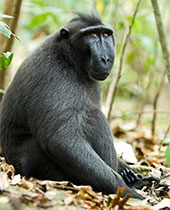Formerly known as the Celebes, Sulawesi is a large and intriguing island of the Indonesian archipelago with a most interesting shape, almost appearing to be an island of peninsulas. That shape is testament to its origins as the accretion of various pieces of the earth’s crust of Asian, Australian and Pacific origin.
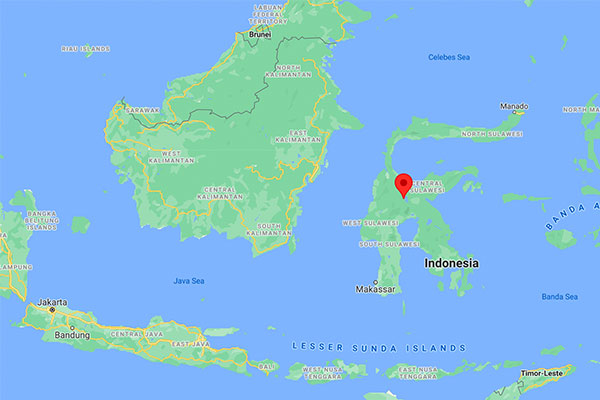
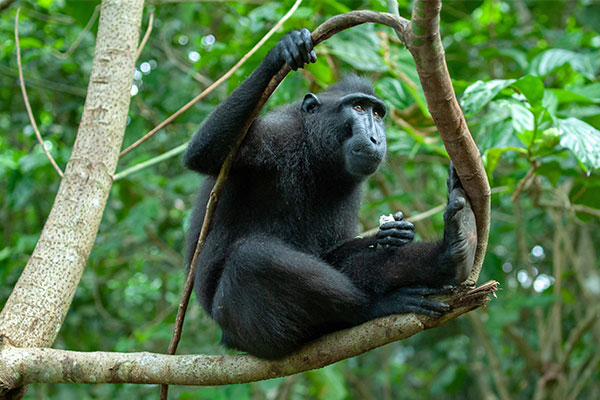
The Crested Macaque
This may be the most famous or recognizable endemic Sulawesi animal! Inhabiting rainforest habitats in the Tangkoko Reserve in Sulawesi’s far northeast and in a couple of other limited areas, the Crested Macaque is a ground-feeding monkey whose diet consists largely of fruit. As such, it plays an important role as a seed disperser. While persecution in settled regions and simple habitat destruction outside protected areas has reduced its numbers significantly in past decades, it can thrive with sufficient habitat.
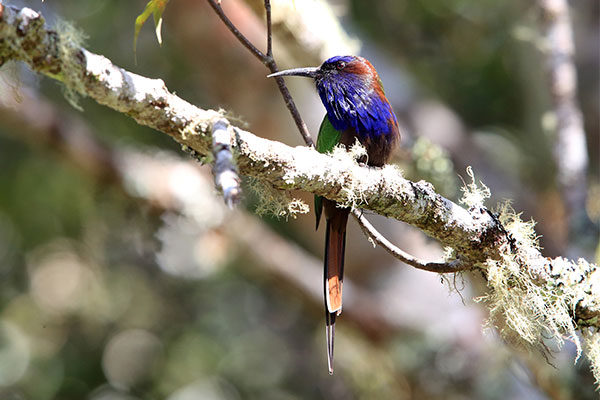
The Purple-bearded Bee-eater
The Purple-bearded Bee-eater is a fine example of the about two dozen very attractive bee-eaters found mostly in Asia and Africa (previously I told you about another species here). Found only on Sulawesi, this species is similar in habits to many other bee-eaters in that it nests in burrows that it excavates in vertical riverbanks. It lives in rainforest throughout a good stretch of the island’s northern two thirds or so, where it spends much of its time perched on exposed twigs in clearings as it awaits flying insects to capture. Interestingly, it may undergo seasonal movements whereby it breeds in the island’s interior during the dry season, moving to more coastal lowland locations during the rainy season. Its dapper appearance puts it firmly into the category of birds I like to call “eye candy”!
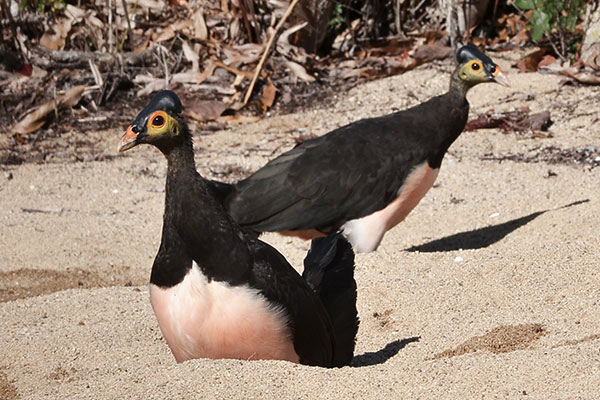
The Maleo
This is the most conspicuous of four species of so-called megapodes that inhabit Sulawesi and an endemic species. Like other megapodes, the Maleo displays among the most hands-off parenting styles of all birds! Females of this group of chicken-like birds lay their eggs in burrows they excavate in the ground using their large feet (mega = big, pode = foot) and then bury them.
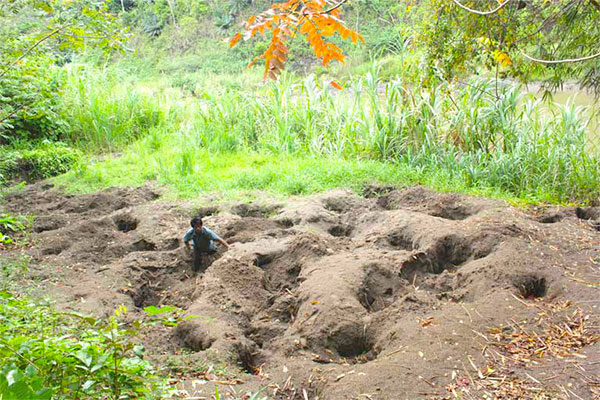
A Maleo communal nest site in Bogani Nani Wartabone National Park, Sulawesi, Indonesia. Photo by Iwan Hunowu, WCS Indonesia
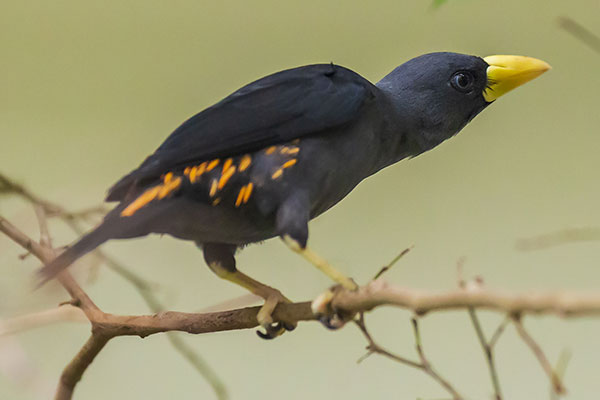
The Grosbeak Starling
Can you believe this is a starling? Also called the Finch-billed Myna, this is quite unlike the European (Common) Starling that many North Americans are familiar with, at least in its outward appearance, but similar in other respects, being highly social. In fact, it takes sociality to a whole new level by not only foraging in large numbers but also breeding in large colonies. And it’s quite an alluring bird, don’t you think? Besides that lovely bill, which takes something to get used to, it has most peculiar deep pink feathers on its lower back, appearing more as filaments rather than typical feathers. Do these serve some ornamental function? One can only fancy that the answer is yes. Whatever their function, they make this bird intriguing!
Sulawesi is an interesting destination for the particularly adventurous traveller, especially when one has plans to enjoy other parts of the region. If you’re interested in Sulawesi and its rainforests, or any other part of Indonesia or a neighbouring region, please be in touch with me!


